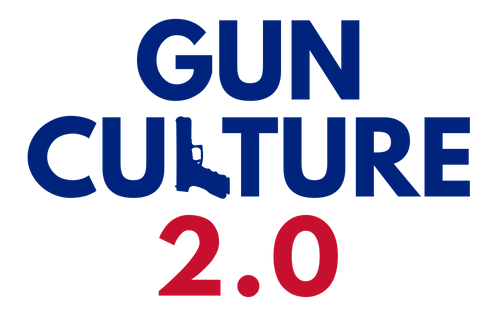In honor of John Steinbeck’s Travels with Charley: In Search of America, I am keeping my eyes open for clues about America’s gun cultures as Sandy and I travel from our home in North Carolina to Yellowstone National Park and back. My inaugural post on this series can be found here.
This is a much belated post from my summer’s Travels with Sandy in Search of America’s Gun Cultures. I last posted about day 19 of our 30-day trip from North Carolina to Yellowstone and back. On the back end of our trip I was very much preoccupied with teaching my online Introduction to Sociology class, so blogging took a back seat.
Nevertheless, from our stop at the site of the Wounded Knee Massacre, we spent some time at Badlands National Park in South Dakota (Days 19-21) and then headed north to Theodore Roosevelt National Park in North Dakota for Day 22.
We didn’t see much or stay long in North Dakota because the air quality was so poor due to the Canadian wildfires burning at the time. You can see the haziness in the skies in the photo above. It was so bad that we weren’t able to take any hikes or appreciate the beauty of the North Dakota badlands other than from our car.
We were able to stop and check out the visitor center and museum. Not surprisingly, the exhibits dedicated to the National Park’s namesake were full of guns.
As a renowned hunter and co-founder of the Boone and Crockett Club, a hunting and conservation organization, Roosevelt is very much a part of Gun Culture 1.0.
Although his collection of firearms was vast and envied, he also maintained, “The truth is that any good modern rifle is good enough. The determining factor is the man behind the gun” (African Game Trails).
He also applies his view of gun use to that of voting in his autobiography: “A vote is like a rifle; its usefulness depends upon the character of the user.”
Roosevelt knew something of gun violence as well. Of course, he became president in 1901 after the assassination of William McKinley. But the museum also displayed a shirt Roosevelt was wearing when he was shot by an assailant with a Colt revolver before giving a speech at the Milwaukee Auditorium in October 1912. “It takes more than that to kill a bull moose,” Roosevelt told the assembled crowd. He finished the speech and did not die.
Thanks for reading beyond the headline. If you appreciate this or some of the other 1000+ posts on this blog, please consider supporting my research and writing on American gun culture by liking and sharing my work.



